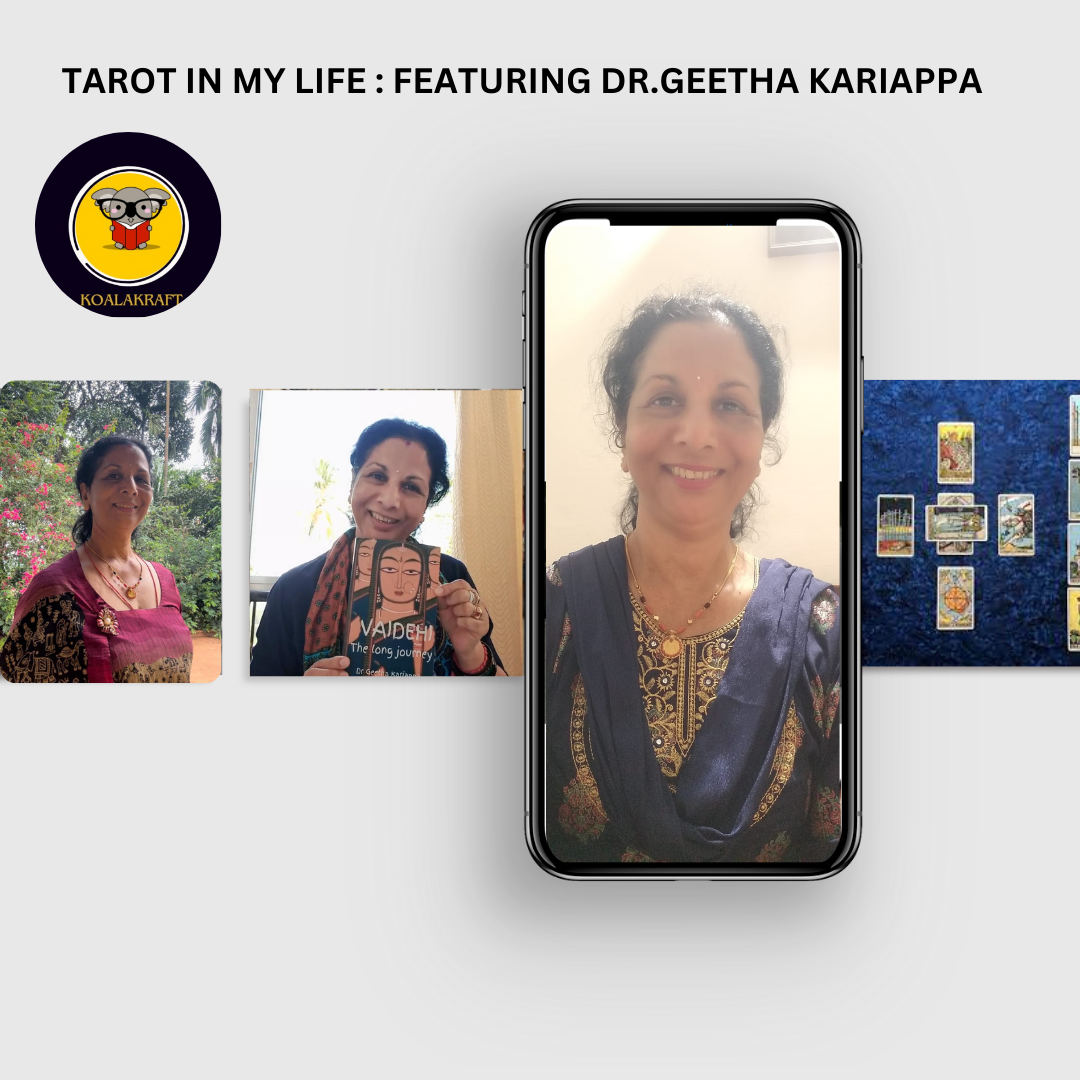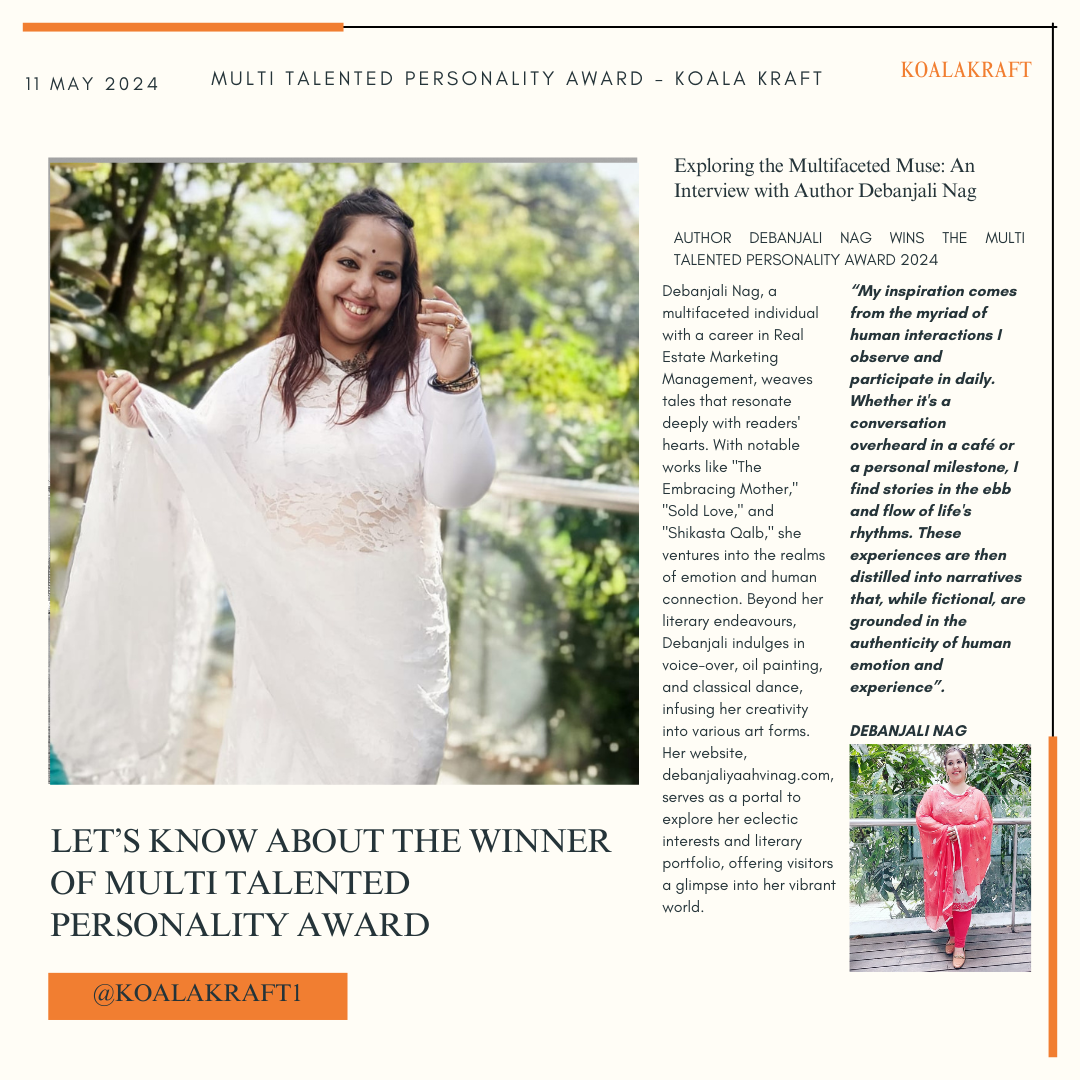TAROT IN MY LIFE - DR. GEETHA KARIAPPA
Tarot cards are like any tool. It is neither good nor bad.
What truly matters is how you use it.
-C Wong
A Tarot deck consists of 78 cards, each depicting distinct aspects of human experience. Initially associated with the occult in the 1700s, it gained prominence in the early 1900s, when an English occultist Aleister Crowley created the Thoth Tarot deck. Later, Arthur Edward Waite co-created the popular Rider-Waite Tarot deck we know today. People attach both divinatory and psychological meanings to these cards.
Tarot cards can be used as predictive or decision-making tools. I look to integrate Tarot cards into my daily life for personal development, decision-making, solving problems, confirming an intuitive feeling, daily or weekly guidance, creative thinking, and empowering myself.
As someone drawn to Tarot, I discovered its deeper meaning through Carl Jung’s lens. Jung’s ideas about the collective unconscious- a fountain of symbols and archetypes people share- align with the symbolism found in Tarot cards. For instance, the Fool—the first card of the 22 major arcana—represents innocence as we face the world. The 22nd card, the World, signifies a return to the wholeness we experienced as children. We all embody aspects of the Fool and the World at different points, in our lives. Tarot draws upon these archetypes to convey universal themes.
Jung also saw synchronicity at play during Tarot readings. The cards reflect our subconscious, bridging our conscious and subconscious states, and providing transparency to our mental and emotional realms.
In my view, Tarot card readings do work. They offer insight, guidance, and fresh perspectives, helping us gain clarity, recognise patterns, and explore potential paths. The cards act as mirrors, reflecting our thoughts, feelings, and challenges, empowering us to make informed decisions and take charge of our lives.




Comments
Post a Comment